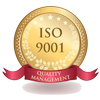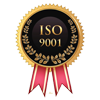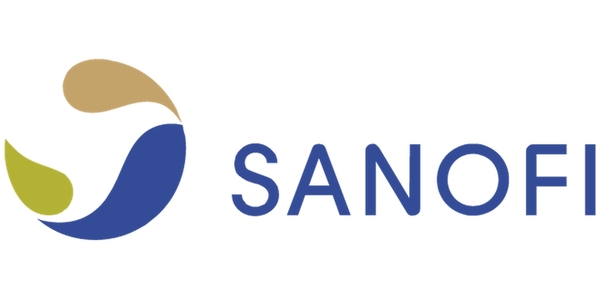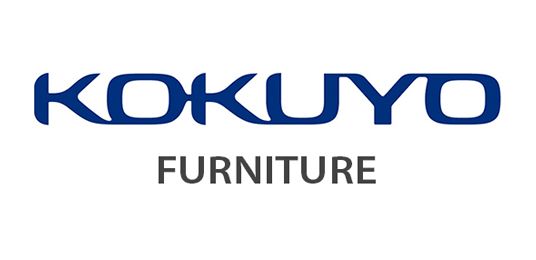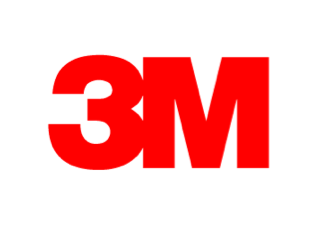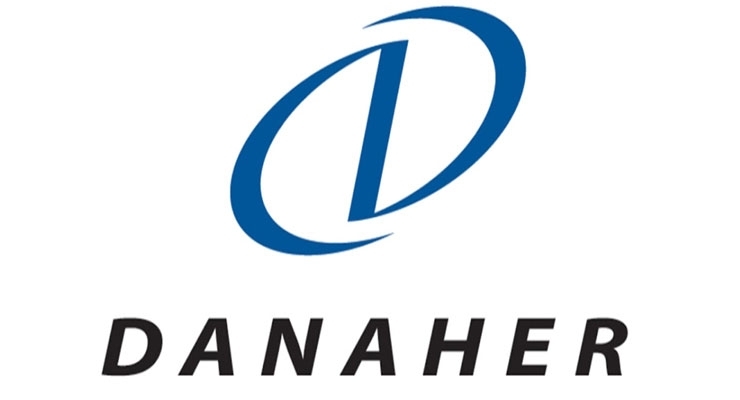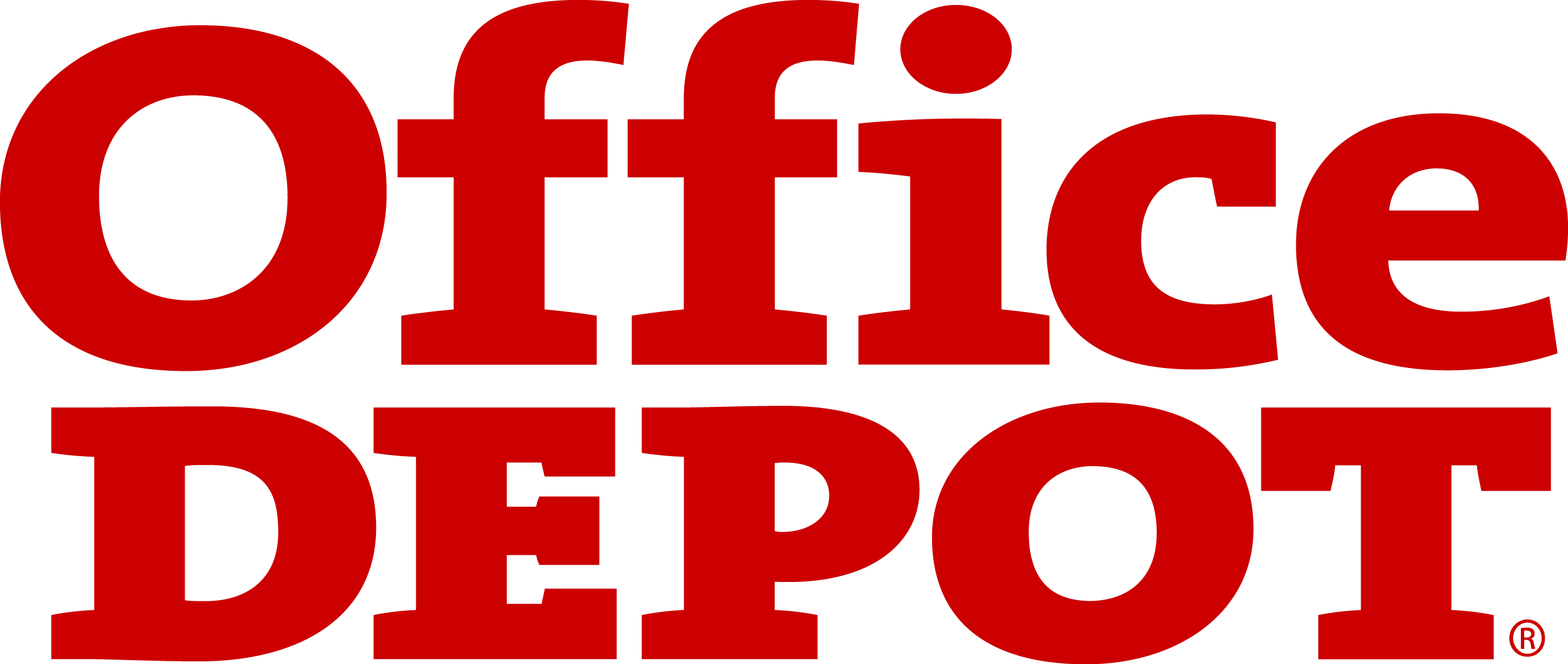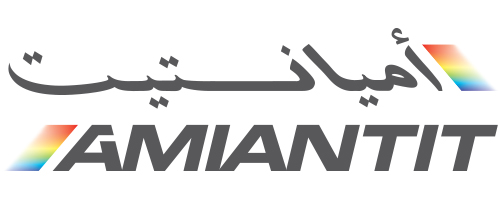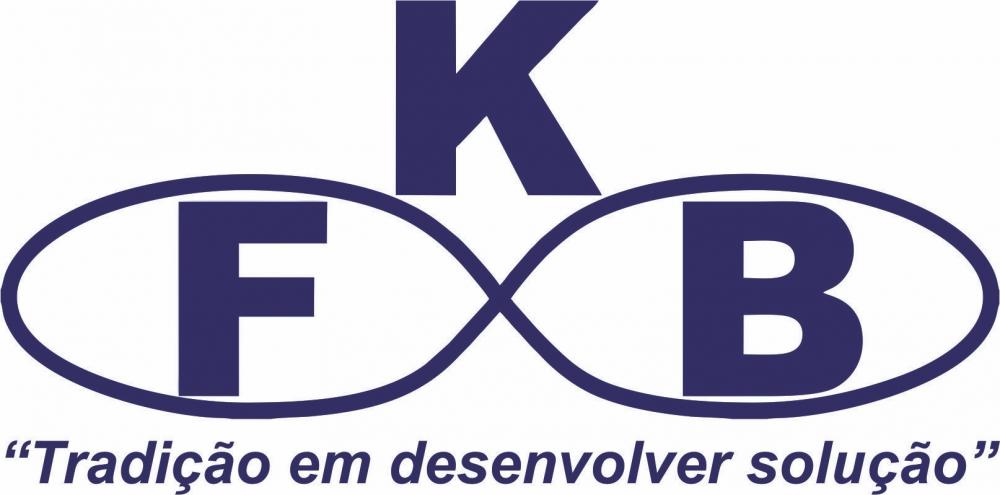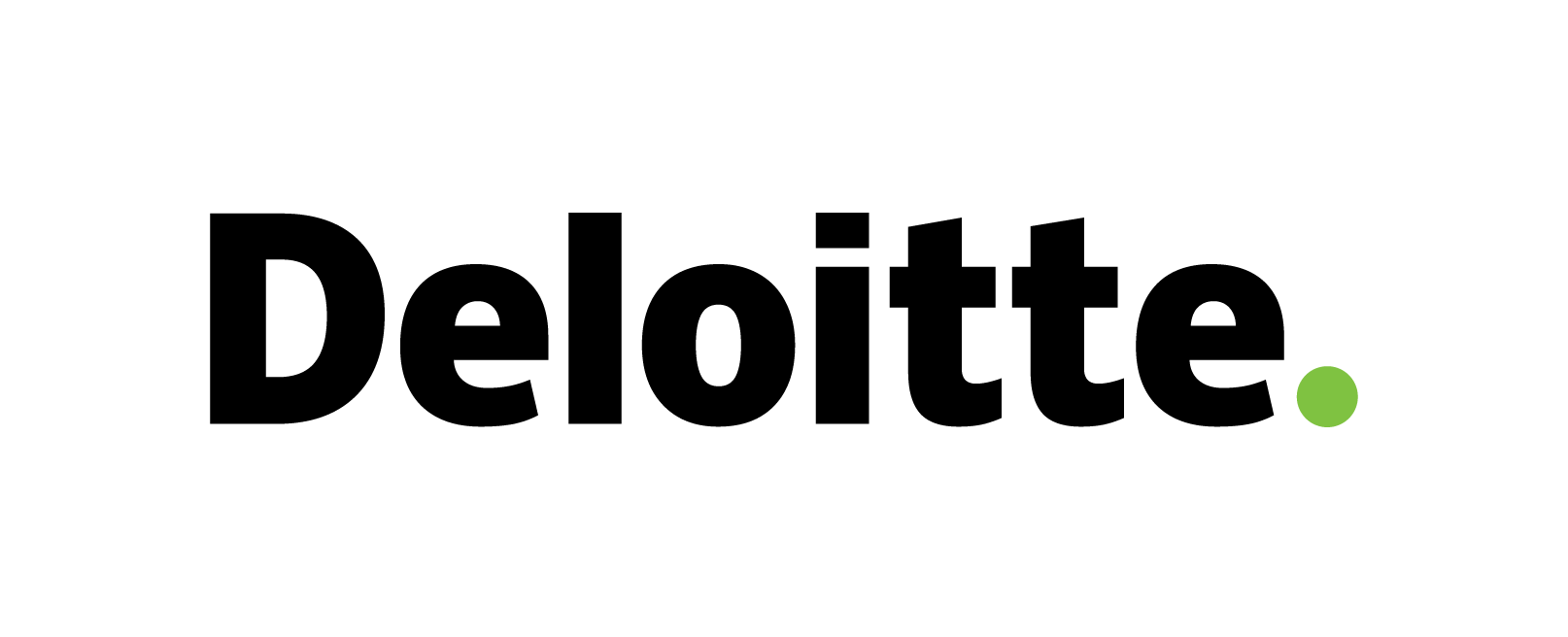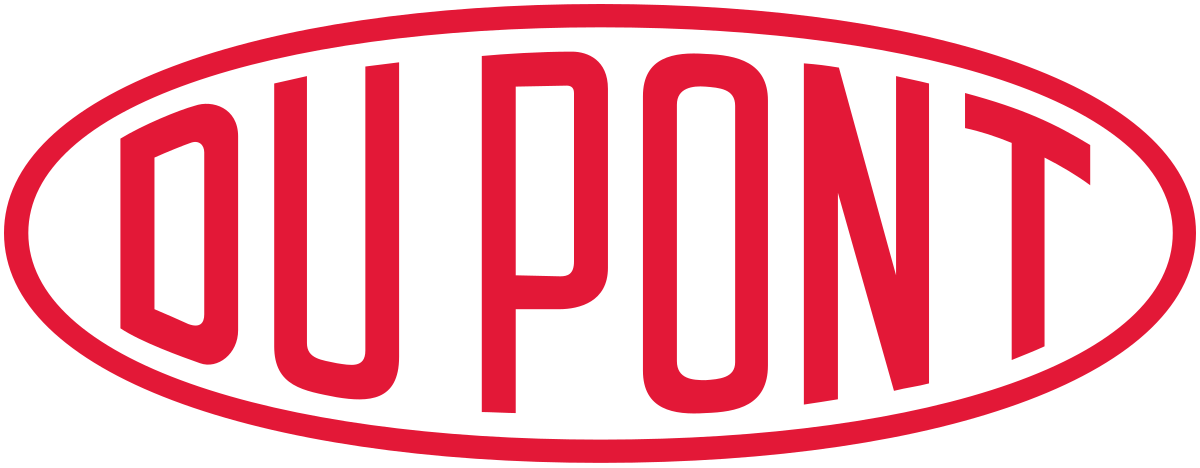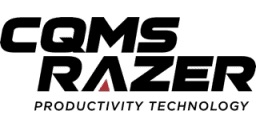Nano Satellite Market: Global Size, Share, Trends, Growth and Forecast Outlook 2022-2032
Nano Satellite Market: Overview and Definition
The global nano satellite market size is expected to grow from USD 2.2 billion in 2021 to USD 9.3 billion in 2032, at a CAGR of 18.9% during the forecast period 2022-2032. The nanosatellite market is a rapidly growing sector of the space industry, with small satellites weighing between 1 and 10 kilograms being developed and launched by various private and public entities for a wide range of applications. The market is driven by the increasing demand for low-cost and quick-to-deploy satellite solutions for earth observation, remote sensing, communication, scientific research, and other commercial and government applications. The market is expected to continue growing in the coming years, with new applications and technologies emerging, and the cost of satellite development and launch continuing to decrease.
These nanosatellites are allowing the new space industry to carry out different missions at very low cost and associated with minimum risks. The North America region is expected to have the highest demand for nanosatellite during the forecasted period. These nanosatellites in North America region are widely being used for delivering useful scientific data and commercial services.
Nano Satellite Market: Key Drivers
The nanosatellite market is driven by several factors, including:
Cost-effectiveness: Nanosatellites are much cheaper to develop and launch compared to traditional larger satellites, making them an attractive option for businesses, educational institutions, and government agencies.
Rapid deployment: Nanosatellites can be launched quickly, allowing businesses and organizations to get their technology into space and start gathering data faster.
Advancements in technology: Advances in miniaturization and microelectronics have made it possible to pack a lot of functionality into a small package, enabling nanosatellites to perform tasks that previously required much larger and more expensive spacecraft.
Increased demand for Earth observation and remote sensing: With the growing need for more accurate and frequent earth observation and remote sensing data, nanosatellites can provide more comprehensive and timely information.
Government initiatives: Governments around the world are investing in the development of nanosatellites to support national security, scientific research, and commercial interests.
Rise in Number of private spaceflight companies
The space environment is no longer the sole preserve of government agencies, it is being explored by a large number of private space flight companies. Private companies such as Mircorp, Bigelow Aerospace, SpaceX and others have a fascinating history and are rich with different future potential in the spaceflight industry. Currently, small satellites are typically used for Earth observation missions, technological trials, and telecommunication and educational purposes, but these private space flight companies are investing great effort and capital in research & development activities to find new potential applications of nano satellites in future.
Cost, Design and Manufacturing Advantages
Nanosatellites weigh somewhere around 10-100 kg, and this lowers their price. Falling costs and miniaturization of electronic parts have allowed the private spaceflight industries in overcoming the entry barrier to space. Apart from their size and cost, the biggest advantage of a nanosatellite is the short time period required to develop each model. An average-sized or large satellite requires between 5 and 15 years to identify the need and place it in the right orbit under normal parameters. There are already more than 8000 satellites, probes, rockets and other devices are floating in outer space and it is expected that this number will rise as new possibilities of nano satellites will appear in future.
Nano Satellite Market: Challenges
While the nanosatellite market presents many opportunities, there are also some challenges to be addressed. Some of the key challenges include:
Limited capabilities: Due to their small size, nanosatellites have limited capabilities compared to larger, more traditional satellites, which can restrict their use for some applications.
Reliability: Ensuring the reliability and robustness of nanosatellites, particularly in harsh space environments, remains a challenge.
Regulatory barriers: There may be regulatory barriers in place that prevent certain types of nanosatellite missions from being launched or restrict access to certain orbits.
Competition: The nanosatellite market is becoming increasingly crowded, with many companies and organizations seeking to develop and launch their own spacecraft, which can make it difficult to stand out.
Limited infrastructure: There is a limited infrastructure in place for the production, launch, and operation of nanosatellites, which can make it challenging to scale up production and launch large numbers of spacecraft.
|
Nano Satellite Market : Report Scope |
|
|
Base Year Market Size |
2021 |
|
Forecast Year Market Size |
2022-2032 |
|
CAGR Value |
18.9% |
|
Segmentation |
|
|
Challenges |
|
|
Growth Drivers |
|
Nano Satellite Market: Segmentation
The research offers a comprehensive analysis of Nano Satellite market with respect to following sub-markets:
By Subsystem
- Payload
- Structure
- Telecommunication
- On-board Computer
- Power System
- Propulsion System
- Others
By Size
- Commercial Sector
- Government Sector
By Application
- Communication
- Earth Observation & Remote Sensing
- Reconnaissance
- Mapping and Navigation
- Others
By Geography
- North America (U.S. & Canada)
- Europe (Germany, United Kingdom, France, Italy, Spain, Russia and Rest of Europe)
- Asia Pacific (China, India, Japan, South Korea, Indonesia, Australia, New Zealand and Rest of Asia Pacific)
- Latin America (Brazil, Mexico, Argentina and Rest of Latin America)
- Middle East & Africa (GCC, North Africa, South Africa and Rest of Middle East & Africa)
Nano Satellite Market: Regional Synopsis
The nanosatellite market is a global industry, with many countries and regions involved in the production and deployment of these small satellites. Some of the leading regions in the nanosatellite market include:
North America: The United States is one of the largest players in the nanosatellite market, with many private companies and research institutions working on the development and launch of these spacecraft.
Europe: The European Space Agency (ESA) is a major player in the nanosatellite market, and many European countries, including the UK, Germany, and France, have active nanosatellite programs.
Asia-Pacific: Many countries in the Asia-Pacific region, including China, Japan, and India, are investing in the development and launch of nanosatellites for various applications, such as remote sensing and communication.
Latin America: Several countries in Latin America, such as Brazil and Argentina, are also investing in the development of nanosatellites for earth observation and scientific research.
Middle East and Africa: These regions are emerging players in the nanosatellite market, with several countries investing in the development and launch of these small satellites for various applications.
Nano Satellite Market: Recent Developments
The nanosatellite market has seen several recent developments, including:
Increasing use of nanosatellites for Earth observation and remote sensing: As the demand for accurate and timely Earth observation and remote sensing data grows, nanosatellites are being used more frequently to provide this information.
Advancements in propulsion systems: New developments in propulsion systems are making it possible for nanosatellites to operate in a wider range of orbits and extend their mission lifetimes.
Emergence of reusable nanosatellites: Some companies are developing reusable nanosatellites, which could significantly reduce the cost of space missions and make it easier to conduct experiments and test new technology in space.
Expansion of commercial applications: The commercial applications for nanosatellites continue to expand, with companies using these small satellites for everything from Internet-of-Things (IoT) connectivity to high-speed data transfer.
Growing interest in inter-satellite communication: There is increasing interest in developing communication networks between nanosatellites, which could help to improve data transmission rates and enable new types of space missions.
Nano Satellite Market: Key Players
- Clyde Space Ltd.
- Innovative Solutions In Space B.V.
- Lockheed Martin Corporation
- NanoAvionics
- GomSpace
- Planet Labs
- Stras Space
- Group of Astrodynamics for the Use of Space Systems Srl
- Dauria Aerospace
- Tyvak Inc.
Research Methodology
Market Definition and List of Abbreviations
1. Executive Summary
2. Growth Drivers & Issues in Global Nano Satellites Market
2.1. North America
2.2. Europe
2.3. Asia Pacific
2.4. Europe
2.5. Middle East & Africa
3. Global Nano Satellites Market Trends
4. Opportunities in Global Nano Satellites Market
5. Recent Industry Activities, 2019
6. Porter's Five Forces Analysis
7. Macro-Economic Trends
8. PEST Analysis
9. Market Value Chain and Supply Chain Analysis
10. Global Nano Satellites Market Value (USD Million), 2019-2025
11. Global Nano Satellites Market Segmentation Analysis, By Subsystems
11.1. Introduction
11.2. Market Attractiveness, By Subsystems
11.3. BPS Analysis, By Subsystems
11.4. Payload Market Value (USD Million) Forecast & Y-o-Y Growth Analysis (%), 2019-2025
11.5. Structure Market Value (USD Million) Forecast & Y-o-Y Growth Analysis (%), 2019-2025
11.6. Telecommunication Market Value (USD Million) Forecast & Y-o-Y Growth Analysis (%), 2019-2025
11.7. On-board Computer Market Value (USD Million) Forecast & Y-o-Y Growth Analysis (%), 2019-2025
11.8. Power System Market Value (USD Million) Forecast & Y-o-Y Growth Analysis (%), 2019-2025
11.9. Propulsion System Market Value (USD Million) Forecast & Y-o-Y Growth Analysis (%), 2019-2025
11.10. Others Market Value (USD Million) Forecast & Y-o-Y Growth Analysis (%), 2019-2025
12. Global Nano Satellites Market Segmentation Analysis, End User
12.1. Introduction
12.2. Market Attractiveness, End User
12.3. BPS Analysis, End User
12.4. Commercial Sector Market Value (USD Million) Forecast & Y-o-Y Growth Analysis (%), 2019-2025
12.5. Government Sector Market Value (USD Million) Forecast & Y-o-Y Growth Analysis (%), 2019-2025
13. Global Nano Satellites Market Segmentation Analysis, By Application
13.1. Introduction
13.2. Market Attractiveness, By Application
13.3. BPS Analysis, By Application
13.4. Communication Market Value (USD Million) Forecast & Y-o-Y Growth Analysis (%), 2019-2025
13.5. Earth Observation & Remote Sensing Market Value (USD Million) Forecast & Y-o-Y Growth Analysis (%), 2019-2025
13.6. Reconnaissance Market Value (USD Million) Forecast & Y-o-Y Growth Analysis (%), 2019-2025
13.7. Mapping and Navigation Market Value (USD Million) Forecast & Y-o-Y Growth Analysis (%), 2019-2025
13.8. Others Market Value (USD Million) Forecast & Y-o-Y Growth Analysis (%), 2019-2025
14. Geographical Analysis
14.1. Introduction
14.2. North America Market Value (USD Million) Forecast & Y-o-Y Growth Analysis (%), 2019-2025
14.2.1. By Subsystems
14.2.1.1. Introduction
14.2.1.2. Market Attractiveness, By Subsystems
14.2.1.3. BPS Analysis, By Subsystems
14.2.1.4. Payload Market Value (USD Million) Forecast & Y-o-Y Growth Analysis (%), 2019-2025
14.2.1.5. Structure Market Value (USD Million) Forecast & Y-o-Y Growth Analysis (%), 2019-2025
14.2.1.6. Telecommunication Market Value (USD Million) Forecast & Y-o-Y Growth Analysis (%), 2019-2025
14.2.1.7. On-board Computer Market Value (USD Million) Forecast & Y-o-Y Growth Analysis (%), 2019-2025
14.2.1.8. Power System Market Value (USD Million) Forecast & Y-o-Y Growth Analysis (%), 2019-2025
14.2.1.9. Propulsion System Market Value (USD Million) Forecast & Y-o-Y Growth Analysis (%), 2019-2025
14.2.1.10. Others Market Value (USD Million) Forecast & Y-o-Y Growth Analysis (%), 2019-2025
14.2.2. End User
14.2.2.1. Introduction
14.2.2.2. Market Attractiveness, End User
14.2.2.3. BPS Analysis, End User
14.2.2.4. Commercial Sector Market Value (USD Million) Forecast & Y-o-Y Growth Analysis (%), 2019-2025
14.2.2.5. Government Sector Market Value (USD Million) Forecast & Y-o-Y Growth Analysis (%), 2019-2025
14.2.3. By Application
14.2.3.1. Introduction
14.2.3.2. Market Attractiveness, By Application
14.2.3.3. BPS Analysis, By Application
14.2.3.4. Communication Market Value (USD Million) Forecast & Y-o-Y Growth Analysis (%), 2019-2025
14.2.3.5. Earth Observation & Remote Sensing Market Value (USD Million) Forecast & Y-o-Y Growth Analysis (%), 2019-2025
14.2.3.6. Reconnaissance Market Value (USD Million) Forecast & Y-o-Y Growth Analysis (%), 2019-2025
14.2.3.7. Mapping and Navigation Market Value (USD Million) Forecast & Y-o-Y Growth Analysis (%), 2019-2025
14.2.3.8. Others Market Value (USD Million) Forecast & Y-o-Y Growth Analysis (%), 2019-2025
14.2.4. By Country
14.2.4.1. Market Attractiveness, By Country
14.2.4.2. BPS Analysis, By Country
14.2.4.3. U.S. Market Value (USD Million) Forecast & Y-o-Y Growth Analysis (%), 2019-2025
14.2.4.4. Canada Market Value (USD Million) Forecast & Y-o-Y Growth Analysis (%), 2019-2025
14.3. Europe Market Value (USD Million) Forecast & Y-o-Y Growth Analysis (%), 2019-2025
14.3.1. By Subsystems
14.3.1.1. Introduction
14.3.1.2. Market Attractiveness, By Subsystems
14.3.1.3. BPS Analysis, By Subsystems
14.3.1.4. Payload Market Value (USD Million) Forecast & Y-o-Y Growth Analysis (%), 2019-2025
14.3.1.5. Structure Market Value (USD Million) Forecast & Y-o-Y Growth Analysis (%), 2019-2025
14.3.1.6. Telecommunication Market Value (USD Million) Forecast & Y-o-Y Growth Analysis (%), 2019-2025
14.3.1.7. On-board Computer Market Value (USD Million) Forecast & Y-o-Y Growth Analysis (%), 2019-2025
14.3.1.8. Power System Market Value (USD Million) Forecast & Y-o-Y Growth Analysis (%), 2019-2025
14.3.1.9. Propulsion System Market Value (USD Million) Forecast & Y-o-Y Growth Analysis (%), 2019-2025
14.3.1.10. Others Market Value (USD Million) Forecast & Y-o-Y Growth Analysis (%), 2019-2025
14.3.2. End User
14.3.2.1. Introduction
14.3.2.2. Market Attractiveness, End User
14.3.2.3. BPS Analysis, End User
14.3.2.4. Commercial Sector Market Value (USD Million) Forecast & Y-o-Y Growth Analysis (%), 2019-2025
14.3.2.5. Government Sector Market Value (USD Million) Forecast & Y-o-Y Growth Analysis (%), 2019-2025
14.3.3. By Application
14.3.3.1. Introduction
14.3.3.2. Market Attractiveness, By Application
14.3.3.3. BPS Analysis, By Application
14.3.3.4. Communication Market Value (USD Million) Forecast & Y-o-Y Growth Analysis (%), 2019-2025
14.3.3.5. Earth Observation & Remote Sensing Market Value (USD Million) Forecast & Y-o-Y Growth Analysis (%), 2019-2025
14.3.3.6. Reconnaissance Market Value (USD Million) Forecast & Y-o-Y Growth Analysis (%), 2019-2025
14.3.3.7. Mapping and Navigation Market Value (USD Million) Forecast & Y-o-Y Growth Analysis (%), 2019-2025
14.3.3.8. Others Market Value (USD Million) Forecast & Y-o-Y Growth Analysis (%), 2019-2025
14.3.4. By Country
14.3.4.1. Market Attractiveness, By Country
14.3.4.2. BPS Analysis, By Country
14.3.4.3. Germany Market Value (USD Million) Forecast & Y-o-Y Growth Analysis (%), 2019-2025
14.3.4.4. United Kingdom Market Value (USD Million) Forecast & Y-o-Y Growth Analysis (%), 2019-2025
14.3.4.5. France Market Value (USD Million) Forecast & Y-o-Y Growth Analysis (%), 2019-2025
14.3.4.6. Italy Market Value (USD Million) Forecast & Y-o-Y Growth Analysis (%), 2019-2025
14.3.4.7. Spain Market Value (USD Million) Forecast & Y-o-Y Growth Analysis (%), 2019-2025
14.3.4.8. Russia Market Value (USD Million) Forecast & Y-o-Y Growth Analysis (%), 2019-2025
14.3.4.9. Rest of Europe Market Value (USD Million) Forecast & Y-o-Y Growth Analysis (%), 2019-2025
14.4. Asia Pacific Market Value (USD Million) Forecast & Y-o-Y Growth Analysis (%), 2019-2025
14.4.1. By Subsystems
14.4.1.1. Introduction
14.4.1.2. Market Attractiveness, By Subsystems
14.4.1.3. BPS Analysis, By Subsystems
14.4.1.4. Payload Market Value (USD Million) Forecast & Y-o-Y Growth Analysis (%), 2019-2025
14.4.1.5. Structure Market Value (USD Million) Forecast & Y-o-Y Growth Analysis (%), 2019-2025
14.4.1.6. Telecommunication Market Value (USD Million) Forecast & Y-o-Y Growth Analysis (%), 2019-2025
14.4.1.7. On-board Computer Market Value (USD Million) Forecast & Y-o-Y Growth Analysis (%), 2019-2025
14.4.1.8. Power System Market Value (USD Million) Forecast & Y-o-Y Growth Analysis (%), 2019-2025
14.4.1.9. Propulsion System Market Value (USD Million) Forecast & Y-o-Y Growth Analysis (%), 2019-2025
14.4.1.10. Others Market Value (USD Million) Forecast & Y-o-Y Growth Analysis (%), 2019-2025
14.4.2. End User
14.4.2.1. Introduction
14.4.2.2. Market Attractiveness, End User
14.4.2.3. BPS Analysis, End User
14.4.2.4. Commercial Sector Market Value (USD Million) Forecast & Y-o-Y Growth Analysis (%), 2019-2025
14.4.2.5. Government Sector Market Value (USD Million) Forecast & Y-o-Y Growth Analysis (%), 2019-2025
14.4.3. By Application
14.4.3.1. Introduction
14.4.3.2. Market Attractiveness, By Application
14.4.3.3. BPS Analysis, By Application
14.4.3.4. Communication Market Value (USD Million) Forecast & Y-o-Y Growth Analysis (%), 2019-2025
14.4.3.5. Earth Observation & Remote Sensing Market Value (USD Million) Forecast & Y-o-Y Growth Analysis (%), 2019-2025
14.4.3.6. Reconnaissance Market Value (USD Million) Forecast & Y-o-Y Growth Analysis (%), 2019-2025
14.4.3.7. Mapping and Navigation Market Value (USD Million) Forecast & Y-o-Y Growth Analysis (%), 2019-2025
14.4.3.8. Others Market Value (USD Million) Forecast & Y-o-Y Growth Analysis (%), 2019-2025
14.4.4. By Country
14.4.4.1. Market Attractiveness, By Country
14.4.4.2. BPS Analysis, By Country
14.4.4.3. China Market Value (USD Million) Forecast & Y-o-Y Growth Analysis (%), 2019-2025
14.4.4.4. India Market Value (USD Million) Forecast & Y-o-Y Growth Analysis (%), 2019-2025
14.4.4.5. Japan Market Value (USD Million) Forecast & Y-o-Y Growth Analysis (%), 2019-2025
14.4.4.6. South Korea Market Value (USD Million) Forecast & Y-o-Y Growth Analysis (%), 2019-2025
14.4.4.7. Indonesia Market Value (USD Million) Forecast & Y-o-Y Growth Analysis (%), 2019-2025
14.4.4.8. Taiwan Market Value (USD Million) Forecast & Y-o-Y Growth Analysis (%), 2019-2025
14.4.4.9. Australia Market Value (USD Million) Forecast & Y-o-Y Growth Analysis (%), 2019-2025
14.4.4.10. New Zealand Market Value (USD Million) Forecast & Y-o-Y Growth Analysis (%), 2019-2025
14.4.4.11. Rest of Asia Pacific Market Value (USD Million) Forecast & Y-o-Y Growth Analysis (%), 2019-2025
14.5. Latin America Market Value (USD Million) Forecast & Y-o-Y Growth Analysis (%), 2019-2025
14.5.1. By Subsystems
14.5.1.1. Introduction
14.5.1.2. Market Attractiveness, By Subsystems
14.5.1.3. BPS Analysis, By Subsystems
14.5.1.4. Payload Market Value (USD Million) Forecast & Y-o-Y Growth Analysis (%), 2019-2025
14.5.1.5. Structure Market Value (USD Million) Forecast & Y-o-Y Growth Analysis (%), 2019-2025
14.5.1.6. Telecommunication Market Value (USD Million) Forecast & Y-o-Y Growth Analysis (%), 2019-2025
14.5.1.7. On-board Computer Market Value (USD Million) Forecast & Y-o-Y Growth Analysis (%), 2019-2025
14.5.1.8. Power System Market Value (USD Million) Forecast & Y-o-Y Growth Analysis (%), 2019-2025
14.5.1.9. Propulsion System Market Value (USD Million) Forecast & Y-o-Y Growth Analysis (%), 2019-2025
14.5.1.10. Others Market Value (USD Million) Forecast & Y-o-Y Growth Analysis (%), 2019-2025
14.5.2. End User
14.5.2.1. Introduction
14.5.2.2. Market Attractiveness, End User
14.5.2.3. BPS Analysis, End User
14.5.2.4. Commercial Sector Market Value (USD Million) Forecast & Y-o-Y Growth Analysis (%), 2019-2025
14.5.2.5. Government Sector Market Value (USD Million) Forecast & Y-o-Y Growth Analysis (%), 2019-2025
14.5.3. By Application
14.5.3.1. Introduction
14.5.3.2. Market Attractiveness, By Application
14.5.3.3. BPS Analysis, By Application
14.5.3.4. Communication Market Value (USD Million) Forecast & Y-o-Y Growth Analysis (%), 2019-2025
14.5.3.5. Earth Observation & Remote Sensing Market Value (USD Million) Forecast & Y-o-Y Growth Analysis (%), 2019-2025
14.5.3.6. Reconnaissance Market Value (USD Million) Forecast & Y-o-Y Growth Analysis (%), 2019-2025
14.5.3.7. Mapping and Navigation Market Value (USD Million) Forecast & Y-o-Y Growth Analysis (%), 2019-2025
14.5.3.8. Others Market Value (USD Million) Forecast & Y-o-Y Growth Analysis (%), 2019-2025
14.5.4. By Country
14.5.4.1. Market Attractiveness, By Country
14.5.4.2. BPS Analysis, By Country
14.5.4.3. Brazil Market Value (USD Million) Forecast & Y-o-Y Growth Analysis (%), 2019-2025
14.5.4.4. Mexico Market Value (USD Million) Forecast & Y-o-Y Growth Analysis (%), 2019-2025
14.5.4.5. Rest of Latin America Market Value (USD Million) Forecast & Y-o-Y Growth Analysis (%), 2019-2025
14.6. Middle East & Africa Market Value (USD Million) Forecast & Y-o-Y Growth Analysis (%), 2019-2025
14.6.1. By Subsystems
14.6.1.1. Introduction
14.6.1.2. Market Attractiveness, By Subsystems
14.6.1.3. BPS Analysis, By Subsystems
14.6.1.4. Payload Market Value (USD Million) Forecast & Y-o-Y Growth Analysis (%), 2019-2025
14.6.1.5. Structure Market Value (USD Million) Forecast & Y-o-Y Growth Analysis (%), 2019-2025
14.6.1.6. Telecommunication Market Value (USD Million) Forecast & Y-o-Y Growth Analysis (%), 2019-2025
14.6.1.7. On-board Computer Market Value (USD Million) Forecast & Y-o-Y Growth Analysis (%), 2019-2025
14.6.1.8. Power System Market Value (USD Million) Forecast & Y-o-Y Growth Analysis (%), 2019-2025
14.6.1.9. Propulsion System Market Value (USD Million) Forecast & Y-o-Y Growth Analysis (%), 2019-2025
14.6.1.10. Others Market Value (USD Million) Forecast & Y-o-Y Growth Analysis (%), 2019-2025
14.6.2. End User
14.6.2.1. Introduction
14.6.2.2. Market Attractiveness, End User
14.6.2.3. BPS Analysis, End User
14.6.2.4. Commercial Sector Market Value (USD Million) Forecast & Y-o-Y Growth Analysis (%), 2019-2025
14.6.2.5. Government Sector Market Value (USD Million) Forecast & Y-o-Y Growth Analysis (%), 2019-2025
14.6.3. By Application
14.6.3.1. Introduction
14.6.3.2. Market Attractiveness, By Application
14.6.3.3. BPS Analysis, By Application
14.6.3.4. Communication Market Value (USD Million) Forecast & Y-o-Y Growth Analysis (%), 2019-2025
14.6.3.5. Earth Observation & Remote Sensing Market Value (USD Million) Forecast & Y-o-Y Growth Analysis (%), 2019-2025
14.6.3.6. Reconnaissance Market Value (USD Million) Forecast & Y-o-Y Growth Analysis (%), 2019-2025
14.6.3.7. Mapping and Navigation Market Value (USD Million) Forecast & Y-o-Y Growth Analysis (%), 2019-2025
14.6.3.8. Others Market Value (USD Million) Forecast & Y-o-Y Growth Analysis (%), 2019-2025
14.6.4. By Geography
14.6.4.1. Market Attractiveness, By Geography
14.6.4.2. BPS Analysis, By Geography
14.6.4.3. GCC Market Value (USD Million) Forecast & Y-o-Y Growth Analysis (%), 2019-2025
14.6.4.4. North Africa Market Value (USD Million) Forecast & Y-o-Y Growth Analysis (%), 2019-2025
14.6.4.5. South Africa Market Value (USD Million) Forecast & Y-o-Y Growth Analysis (%), 2019-2025
14.6.4.6. Rest of Middle East & Africa Market Value (USD Million) Forecast & Y-o-Y Growth Analysis (%), 2019-2025
15. Competitive Landscape
15.1. Market Share of Key Players
15.2. Market Positioning of Major Players in Global Nano Satellites Market
15.3. Company Profiles
15.3.1. Clyde Space Ltd.
15.3.1.1. Company Overview
15.3.1.2. Product Offered
15.3.1.3. Business Strategy
15.3.1.4. Financials
15.3.1.5. SWOT Analysis
15.3.1.6. Market Share Analysis
15.3.1.7. Key Achievements & Developments
15.3.2. Innovative Solutions In Space B.V.
15.3.3. Lockheed Martin Corporation
15.3.4. NanoAvionics
15.3.5. GomSpace
15.3.6. Planet Labs
15.3.7. Stras Space
15.3.8. Group of Astrodynamics for the Use of Space Systems Srl
15.3.9. Dauria Aerospace
15.3.10. Tyvak Inc.
15.3.11. Other Major & Niche Players
16. Disclaimer

Need Customized Report for Your Business ?
Utilize the Power of Customized Research Aligned with Your Business Goals
Request for Customized Report- Quick Contact -
- ISO Certified Logo -
